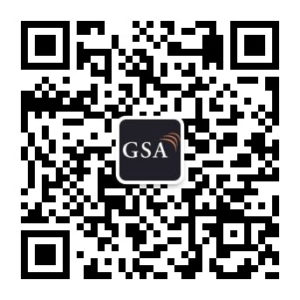2.1 GHz Spectrum December 2021 Update
Snapshot of National Spectrum Positions:Spectrum at 2.1 GHz.
Spectrum at 2.1 GHz, comprising of bands 1, 34, 65, n1, n34 and n65, is widely used for mobile services, and more countries are considering or planning to assign spectrum in this range for use in LTE and 5G networks.
The charts in this document show GSA’s current understanding of the state of mobile operator licensing around the world in these bands.
The following definitions are used:
Considering/consulting on options: In the early stages of deciding if, what and when to make spectrum in this range available.
Planned assignment: A definite decision has been made to assign spectrum in this range. Now in the assignment preparation stage, which can include further consultations on which specific blocks within the range to assign, finalising the band plan, how to assign, details of the assignment process, price setting etc.
Ongoing assignment: Requests/invitations to participate have been issued, with definite date for auction/assignment proceedings.
Assigned: used where spectrum has been assigned nationwide or regionally, with individual licensing for public mobile or FWA networks.
Local/private licensing: spectrum set aside for individual licensing on a local basis.
Precise range to be confirmed: activity or assignments are known, but the exact spectrum ranges concerned are to be clarified.
Spectrum reports are based on data in the GSA GAMBoD databases.
GSA has been supporting the mobile ecosystem since 1998 and the GAMBoD database was added in 2009.
GAMBoD initially tracked mobile devices but has been expanded to provide the latest information on Networks, Technologies and Spectrum deployed globally. GAMBoD is a web-based search and analysis tool and is updated monthly or quarterly depending on the progress of the industry in different segments.
4G and 5G Devices database can be searched by supplier, form factor, device (UE) category, features, peak downlink and uplink speed and operating frequency. Results can be presented as a list or as charts.
The Networks-Technologies-Spectrum (NTS) database can be searched by technology, network feature, device category supported, downlink and uplink speed and spectrum bands used. Results can be filtered by regions and are presented as a list or as charts.
Spectrum allocation and use is of growing industry interest and many Members and Associates find this data to be a valuable resource.
WeChat: GSA Express


© GSA 2021
2.1 GHz Spectrum December 2021 Update
